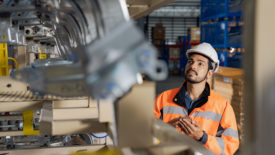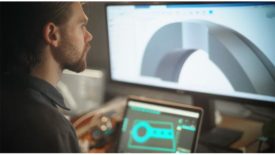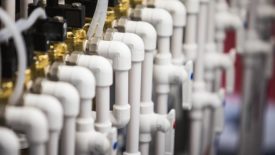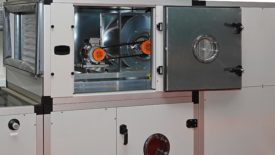Guest Editorial
ARTICLES
Guest Editorial | Bob Silva
Moving toward a sustainable, electrified future in 2024.
Read More
Guest Editorial | Rodger Reiswig and Emilie Gorzoch
Demystifying NFPA 915 Standard for Remote Inspections and Tests
Remote processes create new opportunities for efficiency, saving time and resources and improving safety.
October 9, 2023
Guest Editorial | Arnold Rodio
The importance of standards, codes and third-party certification
The evolution of codes, standards and certification.
September 8, 2023
Guest Editorial: Designing design-to-fabrication
Lots of MEP firms are “prefabricating,” but what does that really mean?
January 11, 2023
Scott Friesen: Everyone has a voice in building code changes
Everyone has a voice, but government officials have the last word.
January 10, 2023
Guest Editorial: 10 ways AI and R are revolutionizing CAD
Stay ahead of the curve.
August 10, 2022
Guest Editorial
Vicken Arabian: New demand will drive re-engineering in custom AHU manufacturing
Digital transformation is key.
March 11, 2022
Is this summer the game changer?
Accepting the realness of climate change is the first step to addressing it
September 10, 2021
Keep the info flowing with our eNewsletters!
Get the latest industry updates tailored your way.
JOIN TODAY!Copyright ©2024. All Rights Reserved BNP Media.
Design, CMS, Hosting & Web Development :: ePublishing

















